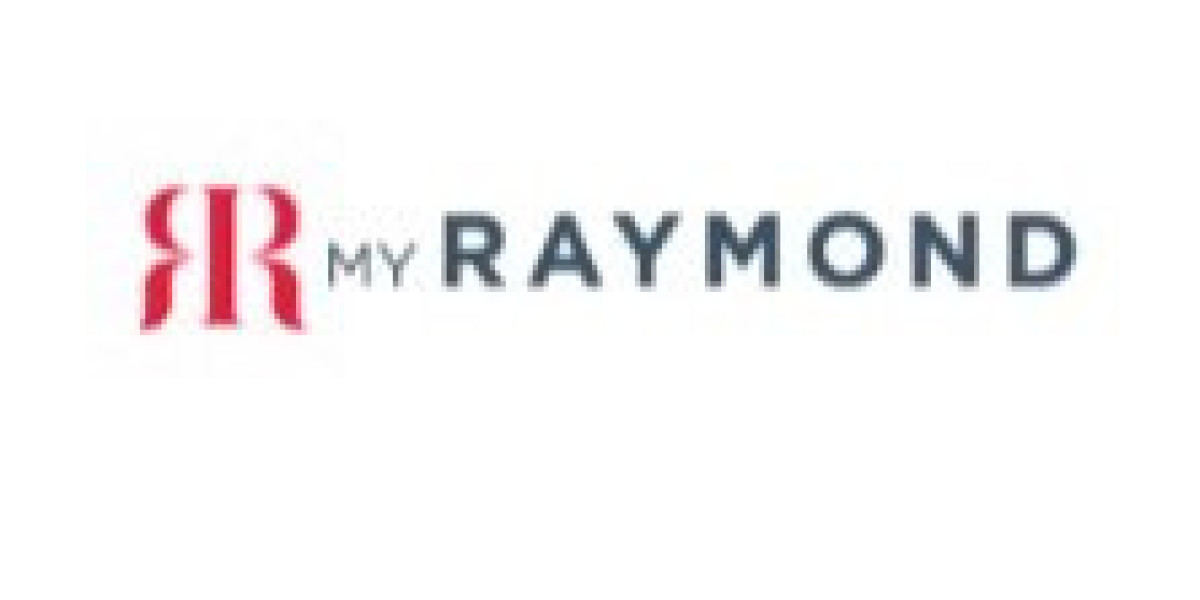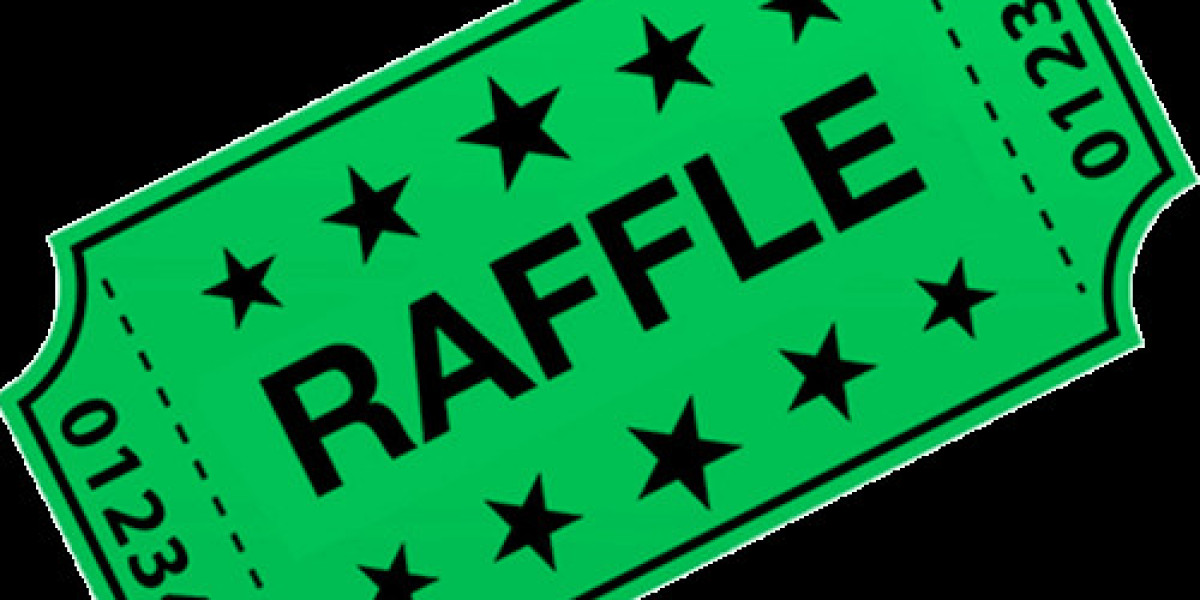Formal shirts are an essential part of every man’s wardrobe. Whether you're attending an important business meeting, a wedding, or even a casual outing with a semi-formal dress code, having the right formal shirt can elevate your style and boost your confidence. When chosen wisely, formal shirts not only complement your look but also reflect your personality and attention to detail.
In this guide, we will delve into everything you need to know about formal shirts—from selecting the right fabric and fit to exploring various styles and matching them with other wardrobe pieces.
1. Understanding the Importance of Formal Shirts
Formal shirts are more than just a staple for office wear; they are a versatile garment suitable for various occasions. When paired correctly, a formal shirt can serve multiple purposes—offering a polished, professional look or providing a sharp, elegant touch for evening events. For example, Raymond Limited, one of India's leading textile and apparel companies, has mastered the art of crafting exquisite formal shirts that cater to modern fashion while adhering to timeless elegance.
From boardrooms to banquets, a well-chosen formal shirt becomes a key component of a well-rounded wardrobe.
2. Choosing the Right Fabric
Fabric plays a crucial role in determining the comfort, appearance, and durability of formal shirts. The most common materials used in formal shirts are:
Cotton: Known for its breathability and comfort, cotton is a popular choice for formal shirts. It absorbs moisture, making it ideal for long workdays and warmer climates.
Linen: Although lighter than cotton, linen is another breathable fabric, but it tends to wrinkle easily. It's great for casual formal wear, especially in summer.
Blended Fabrics: A mix of materials like cotton-polyester blends offers enhanced durability and wrinkle resistance, though these may sacrifice some breathability compared to pure cotton.
When browsing through formal shirts, consider not only the fabric but also the weave. A twill weave offers a soft finish, while a poplin weave gives a crisp and clean appearance, perfect for office wear or formal events.
3. Fit Matters: Tailored vs. Off-the-Rack
When it comes to formal shirts, fit is everything. The right fit will enhance your appearance and ensure comfort throughout the day. There are typically three common types of fits available:
Slim Fit: This style is designed for a modern, sleek look, hugging the body closely. It works best for individuals with a lean or athletic build.
Regular Fit: A more relaxed style that offers more room in the chest and waist, ideal for those who prefer comfort without compromising style.
Tailored Fit: Somewhere between slim and regular, the tailored fit is designed to offer a flattering shape without being too tight. It’s often considered the most versatile option, suitable for a range of body types.
Raymond Limited, renowned for its suiting fabrics and ready-to-wear apparel, offers an impressive collection of formal shirts in various fits, ensuring that every customer can find the perfect match for their body type and personal style.
4. Key Features of a High-Quality Formal Shirt
There are a few details to look out for when selecting a formal shirt:
Collar Style: Collar types such as spread, point, or button-down add to the overall aesthetic of the shirt. Spread collars are versatile and work well with ties, while button-down collars are more casual.
Cuff Type: Formal shirts typically come with either single cuffs (also known as barrel cuffs) or double cuffs (also known as French cuffs). French cuffs are ideal for more formal occasions and are usually paired with cufflinks, whereas barrel cuffs are more versatile and work well in business environments.
Placket Design: The front part of the shirt where the buttons are attached, known as the placket, can either be a standard sewn placket or a French placket, which gives a cleaner and more formal appearance by hiding the button stitching.
By paying attention to these small but significant details, you can select a formal shirt that matches both your personal style and the occasion.
5. Color and Pattern Choices
While white and light blue are classic colors for formal shirts, there are plenty of other hues and patterns to explore:
Solid Colors: Solid-colored formal shirts are versatile and easy to match with suits and ties. Colors like light pink, lavender, and light grey can add variety to your wardrobe while maintaining a professional look.
Stripes and Checks: For those looking to add a bit of flair to their outfit, striped or checkered formal shirts are a good option. Just ensure that the patterns complement your suit and tie to avoid clashing.
Raymond Limited offers an extensive range of formal shirts in a variety of colors and patterns, perfect for anyone looking to add both classic and contemporary styles to their collection.
6. Pairing Formal Shirts with Suits and Ties
Once you have selected the perfect formal shirt, the next step is to pair it with the right suit and tie. Here are a few tips:
Match the Formality: For highly formal events, stick to darker suit colors like navy or charcoal with a classic white formal shirt. Lighter-colored suits, such as beige or light grey, pair well with pastel-colored shirts for less formal occasions.
Ties Matter: Your tie should complement your formal shirt. For example, a patterned tie can work well with a solid shirt, but if your shirt has stripes, it’s better to opt for a solid or subtly patterned tie to avoid too much visual noise.
Conclusion
Choosing the right formal shirt involves considering various factors such as fabric, fit, style, and color. A well-selected formal shirt, whether from Raymond Limited’s premium collection or another trusted brand, can enhance your wardrobe and ensure you are always dressed for success. Whether you’re heading to a corporate meeting or a formal event, the perfect formal shirt will serve as the foundation for a sharp, sophisticated look.








